When you start a business, you have many things to consider. One of the most important is the creation of your business logo. You cannot imagine the power that a good logo has. Many times it can determine the success or the failure of your business. If it is the right one, it will help your company in every advertising and promotion you make. If it is not, you will spend a substantial amount of money in order to convince the minds of your stakeholders that your business is as attractive as you want.
As a result, it is extremely significant to create an appropriate one from the very beginning. How do you know if your logo is the right one? Well, there are some great tips/rules that you can follow if you want to maximize your chances of designing a successful logo for your business. I tried to create a list of 21 tips for you.
1. Do not imitate
When you create your logo try to be unique. Do not imitate others. Your identity must be different. Your logo should be easily recognizable, something that your business needs in order to have an advantage over your competitors. Create a logo that is distinctive in order to establish the positioning that you desire, but keep it relevant to your industry. You want with just one look, if possible, the people to understand easily what your business does and at the same time to gain the direct interest of your potential clients/customers for your company. A good logo that is not similar to others can achieve that result.
2. To be timeless
When you design your logo, you should have in mind that this logo will represent your business for many years. You do not want your logo to look old after 10 nor 20 years, do you? Therefore, try to avoid using recent trends of designing that will change after a period of time.
3. Be innovative
Try to create a logo that is innovative as far as the design, but do not forget the timeless factor. You want a fresh new logo, as long as it is appropriate and still innovative after 20 years. That is why the designer of your logo must have a talent and a broad experience in logo designing.
4. Follow the rule, “less is more”
Many times a graphic designer will present to you a logo that is more extreme than the usual designs. This is because graphic designers try to experiment. However, you should choose a logo that follows the rule “less is more”. Usually logos that follow the rule of simplicity stand in time and are always more beautiful “graphically”. Furthermore, people do not like logos that are “too much”. They prefer logos that have style, especially because they associate (psychologically) their choice with their values of styling.
5. Use the power of shapes
Try to use in your logo the power of shapes. For example, a circle represents safety and protection, the square represents four elements or material things, the pyramid represents strong foundation or the number three in values, hierarchy and so on. It depends how you use them as a symbol. Try to associate the most appropriate shape for your business purpose.
6. Use the right colors at the right amount
The power of colors is also significant. Each color represents something. Try not to use too many colors or at least use colours that match together. Too many colors can create a logo that is kitsch. Many memorable logos are using only one color. In addition, the colors of a good logo should be pleasing to the eye and attractive to see. They should create an aesthetically beautiful combination relevant to the vision and mission of the business. For example, a business with ecological values or with nature products should use earth colors that match well together.
7. The logo must look beautiful in black and white
A good logo looks fantastic and comprehensible when we transform it into a black and white version. This is important, because you will need your logo to be printable, for promotional reasons, in a black and white version and you will want it to look great.
8. Use the right fonts
Another element that determines if a logo is the right one is the use of the right font. In order to understand how important a font is, think how many successful logos exist that are having just one font (one word – the name). Try to use a font that is elegant and completes aesthetically the total shape of the logo. Moreover, it is also effective to create a unique font and to use it in combination with the rest of the logo shape or alone. Please try not to put more than two fonts on the same logo.
9. Create logos with symbols as metaphors and with meaning
Try to use a symbol as a metaphor if this fits with your business vision. It is always more helpful to remember a symbol than just a word. In addition, it looks always better graphically, especially if it follows the rule “less is more” Many companies use an animal as a symbolism in their logo. If you do that, try the animal to be active not passive. For instance, avoid having an animal that is sleeping (passive). It is more attractive, also as a symbol, to use an animal that is running (active). Your business is active. As a result, your logo should reflect that too.
Furthermore, powerful logos have additionally a deeper meaning. For instance, apple logo has a design of an apple with a bite. The meaning is that an apple represents the knowledge (from the story of the Bible, with Adam and Eve that tasted the fruit from the tree of knowledge). A bite of an apple represents that you can have too a bite of this knowledge. In other words, by buying this product, you can also taste and enjoy the benefits of technology (today’s knowledge).
10. Make a research before you finalize it
Before you finalize your decision about the logo conduct a research to see if people like it and what are their reactions to it. If it is ok, you can go for it. If you see that there are mixed emotions about it, you should reconsider it and go for a new one.
11. Make it appropriate for your industry
Your logo should be relevant to your industry. If you observe carefully, you will see that the majority of logos have a common designing background in each industry. You will not find many of them from the food industry to be similar to those in the technology industry. You should understand by looking a logo, more or less, in what industry it belongs. Otherwise, it would be confusing for your clients.
12. Make it appropriate for your target group
A logo must be relevant to your target group. For example, it is not wise to create a “conservative” one if your target group are aged 18-25. It will not be appealing. Use fonts, colors, shapes and symbolism according to your target group preferences. That is why it is always a good idea to know well, before the creation, the details of your target group. After you have a full profile of them, you should give a complete brief to the graphic designer that will create your order.
13. Make it memorable
It is extremely important your logo to be memorable. You need to remember it after the first look. Your logo must be like a “statement”. It must create a positive feeling immediately after you see it. If the design is powerful enough to achieve that, you are on the right path.
14. Make it versatile and responsive
Your logo will be used in many applications (stationary, paper, digital, products, packaging, advertising, promotional material and so on. It must look perfect in all applications. As a result, it should be responsive and versatile. Before you finalize it, test it in order to see how it looks in various materials.
15. Use effectively the space of your logo
The design should have a balance between the actual design and the white space around it or in it. In other words, the logo must use this space cleverly (as part of the design, or as a symbol, or as fonts, or even as an empty space if appropriate for aesthetic reasons). A good example is the logo of FedEx. They have created a clever white arrow at the fonts between the E and x.
16. Think globally, but respect different cultures
A logo must be globally acceptable and not to offend different cultures. That goes for Start-Ups that want to expand internationally. Generally, the design should create a positive image and not to provoke negative cultural issues.
17. Use the power of contrast
Logos that have a strong contrast, are more easily distinguishable from others. The contrast can be in colors or in black and white, in shapes (big and small), in symbolism or meaning and generally in everything that create antithesis.
18. Avoid using special effects
Unforgettable logos are not using special effects. Special effects diminish the value of the design. The right logo is minimal. It does not need extra things to look great.
19. Use the power of symmetry
This applies not only in shapes, but in the overall design. However, do not overdo it. It needs an element that is not based on the rule of symmetry, just to have a distinctive identity.
20. Never use clip art or elements (drawings) that can be found elsewhere
The process of creating a logo is a very serious one. Never use drawings that can be found on the internet or photo banks or clip art to lower the cost. Go only to the professional designers for your logo. See it as an investment and not as an expense. If you do not have the capital to do it, try to find a freelance graphic designer that can offer you a better price than the price of an advertising agency, but see first their portfolio in order to be able to evaluate their capabilities in design.
21. Create a logo that you believe in it
It is essential that you (as an owner of your business) believe in your business logo. If you believe and really like your logo, you create immediately a strong vision of the success of your business in the future. This is enough power in order to convince others to follow and to materialize this vision, for the benefit of all.
All the above-mentioned tips are a helpful guide for you in order to create a logo that will help your business to grow. Do not underestimate the power it has. A really good logo has a profound positive effect on the commitment of your customers to your business. It affects also positively your stakeholders (employees, suppliers, and so on).

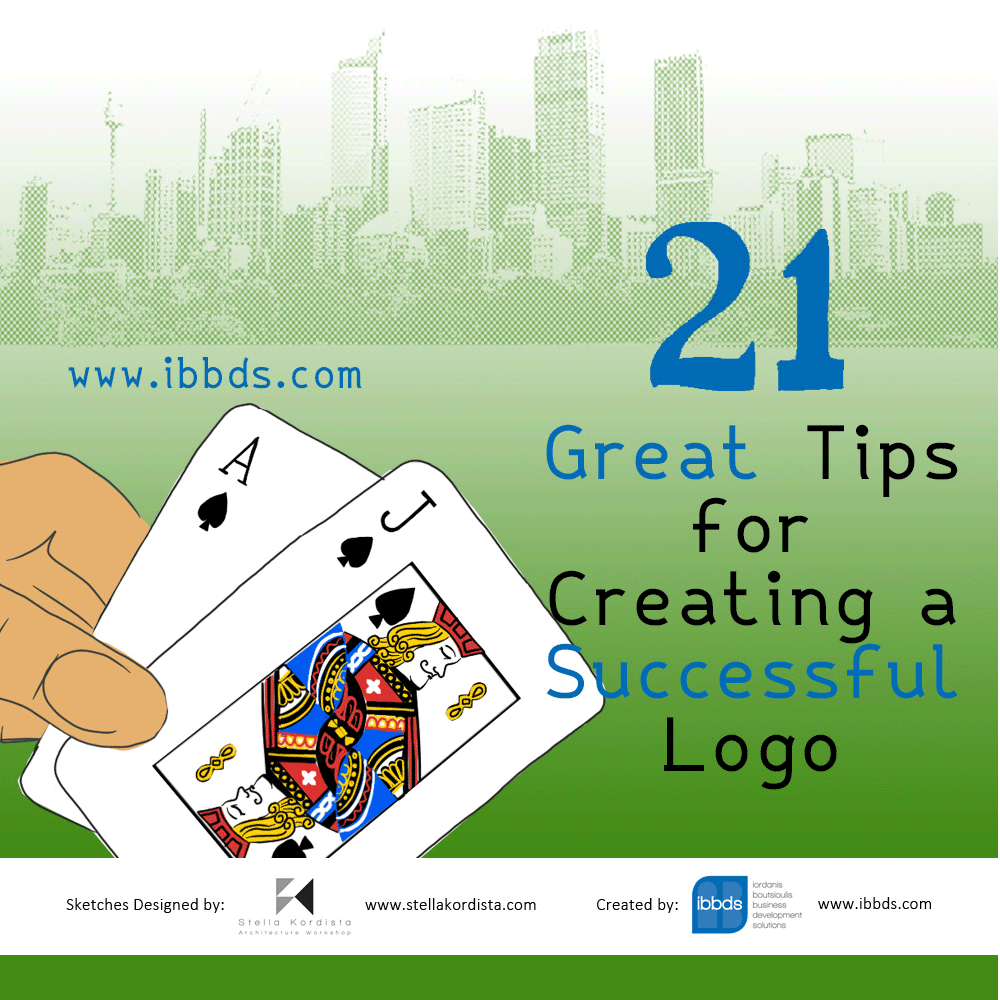
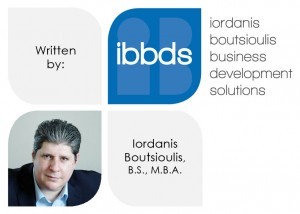



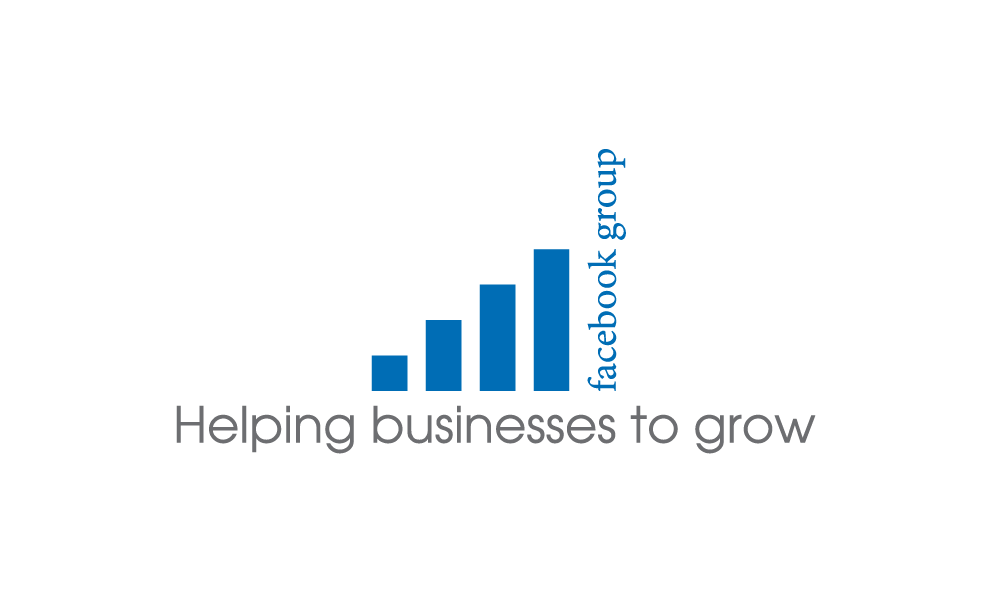




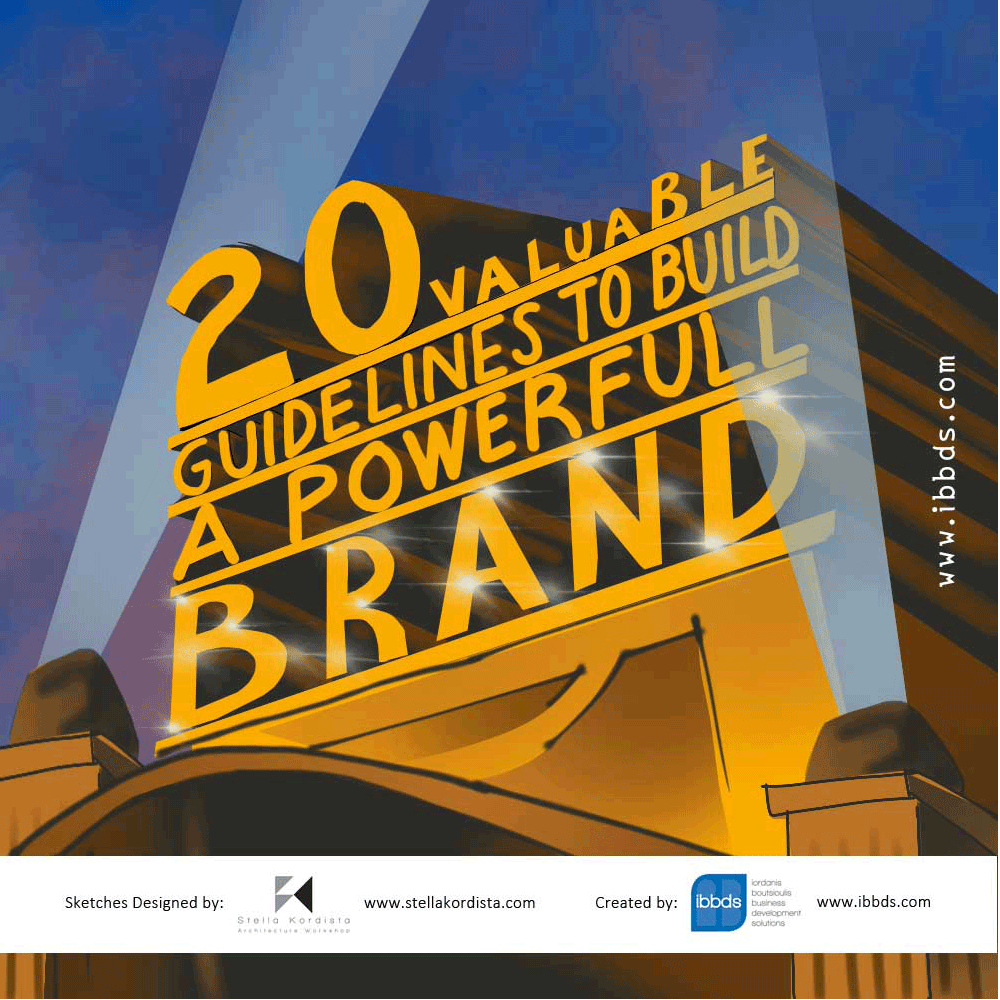

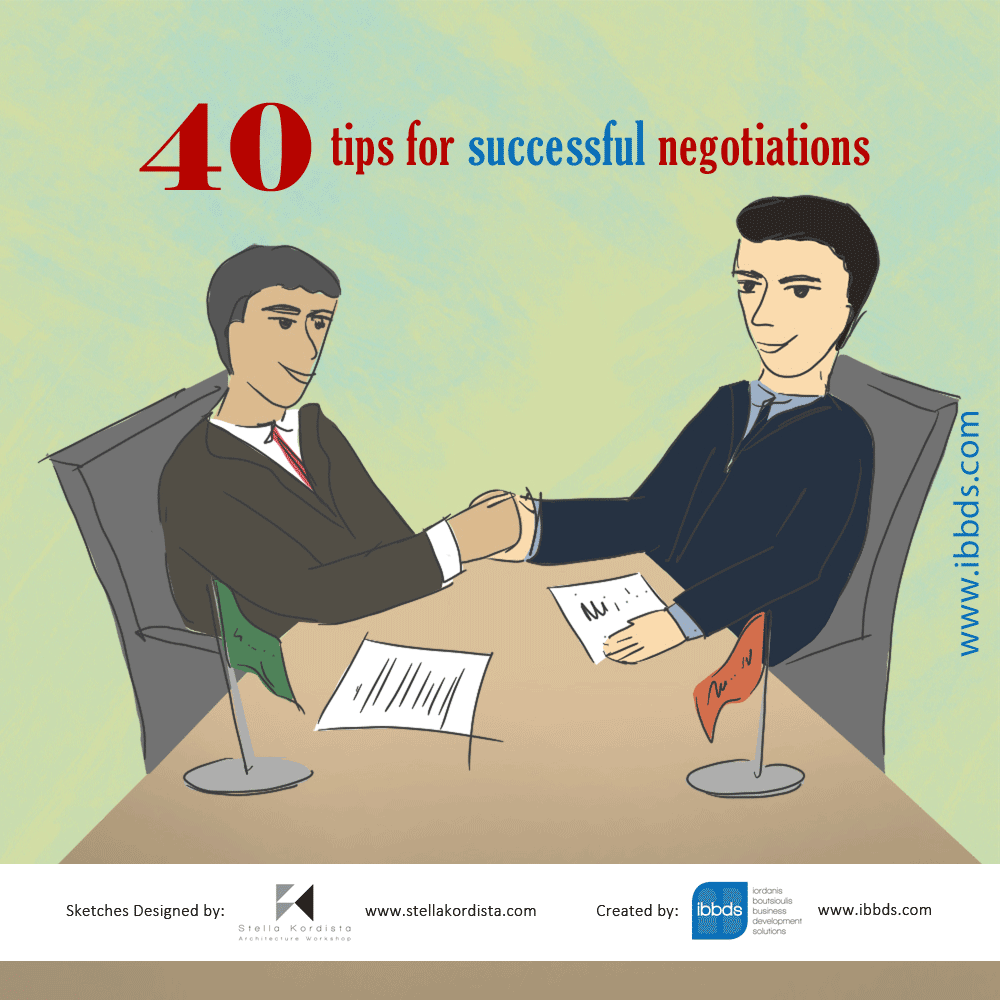



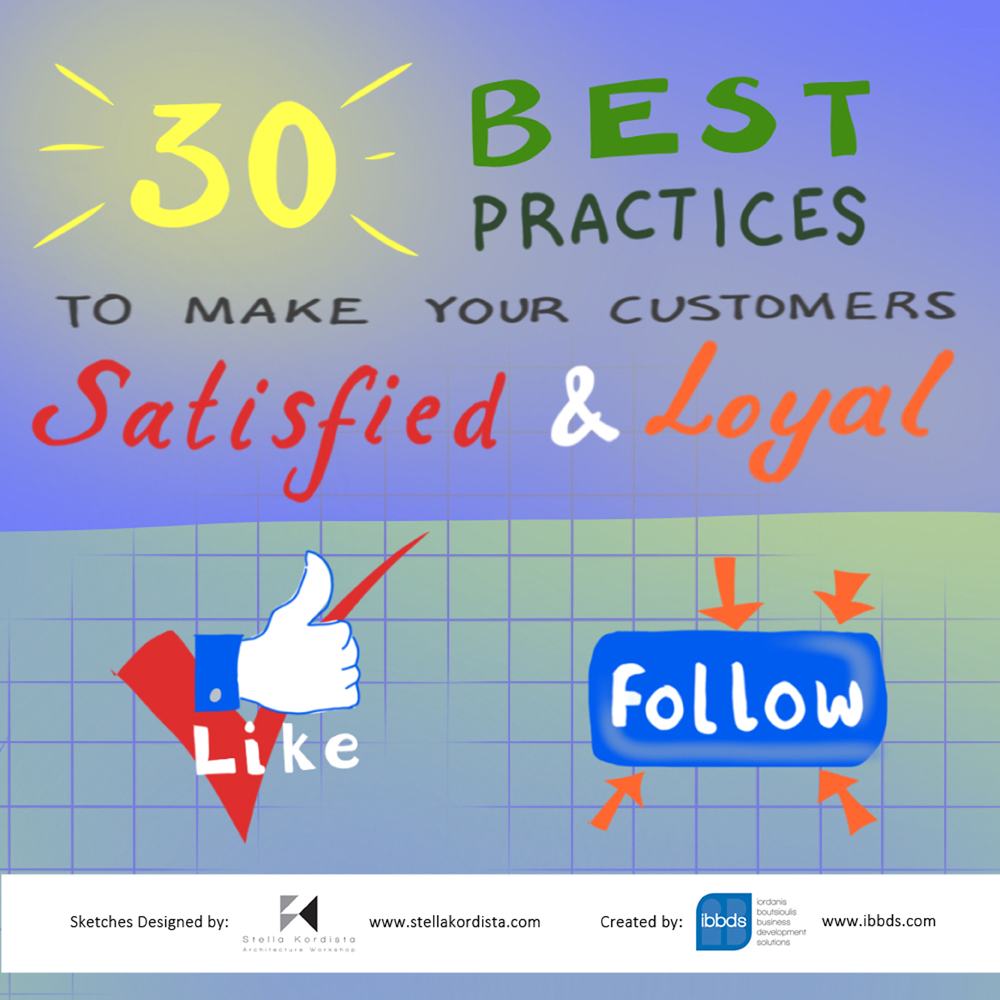
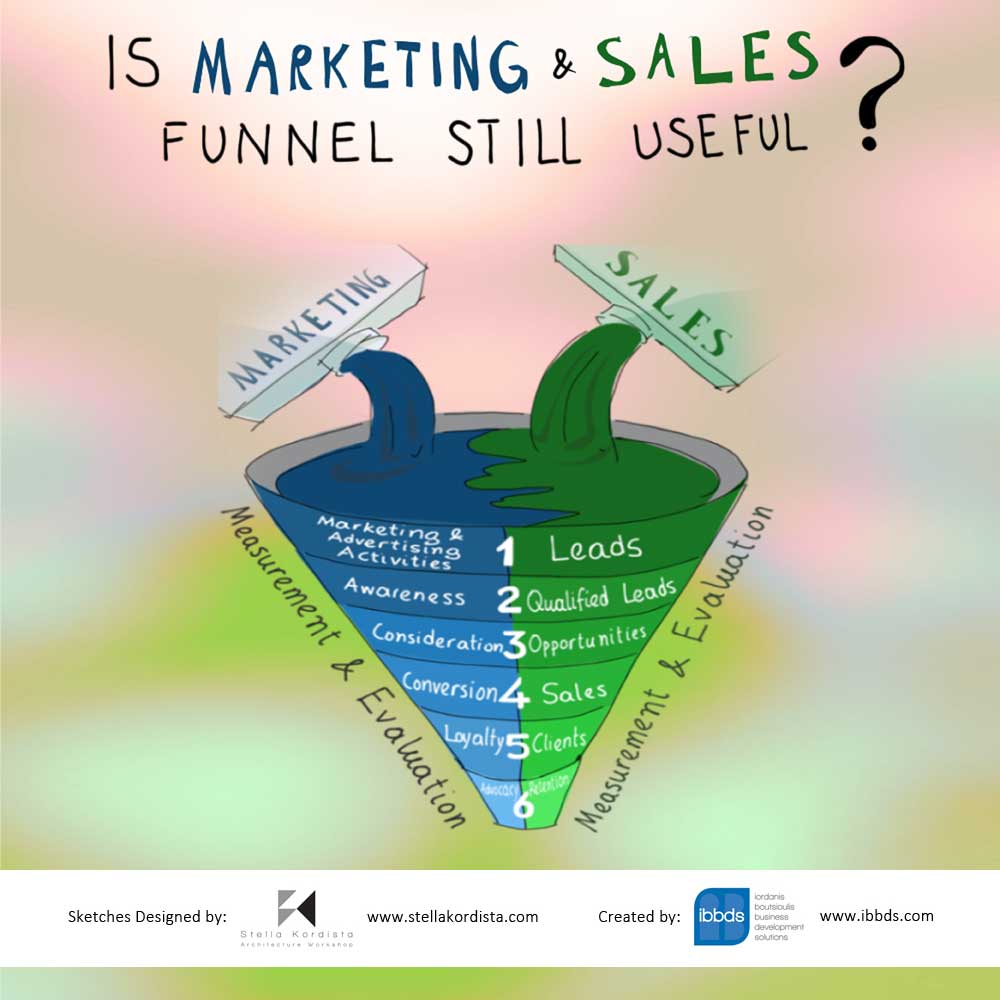




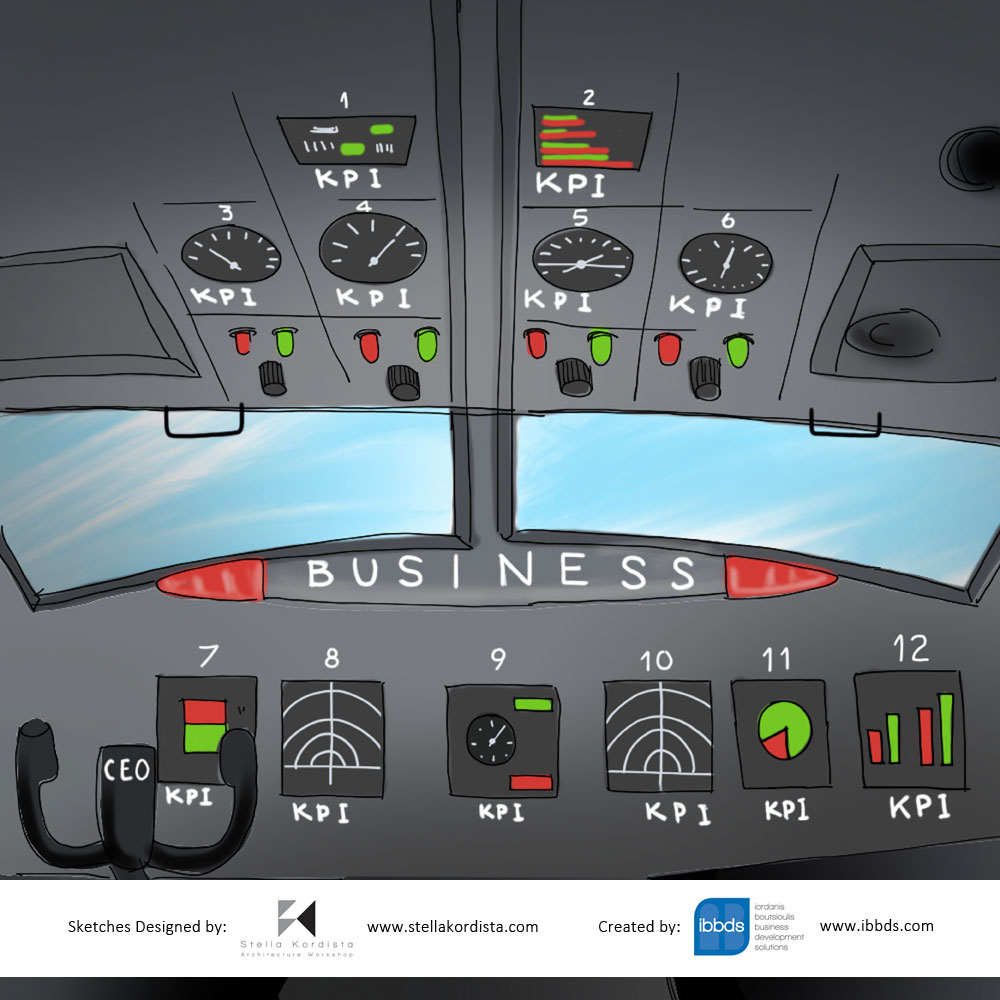
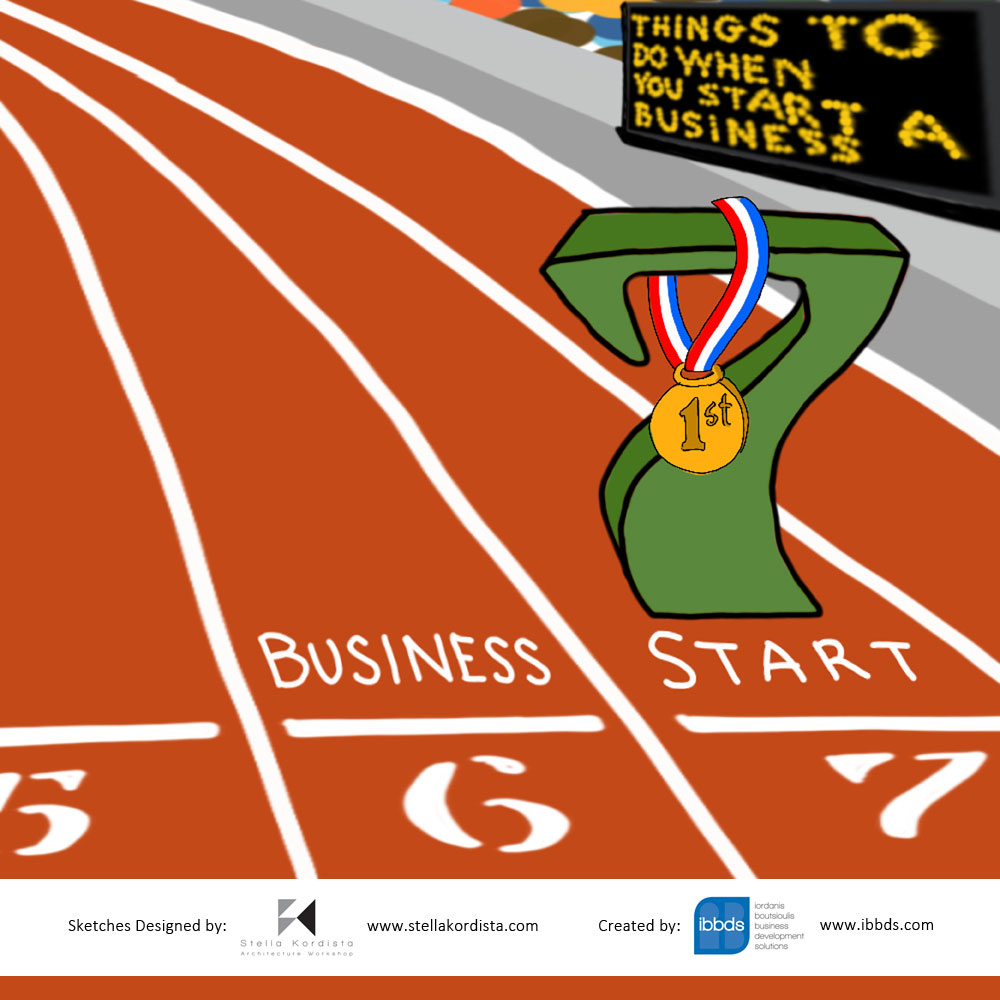
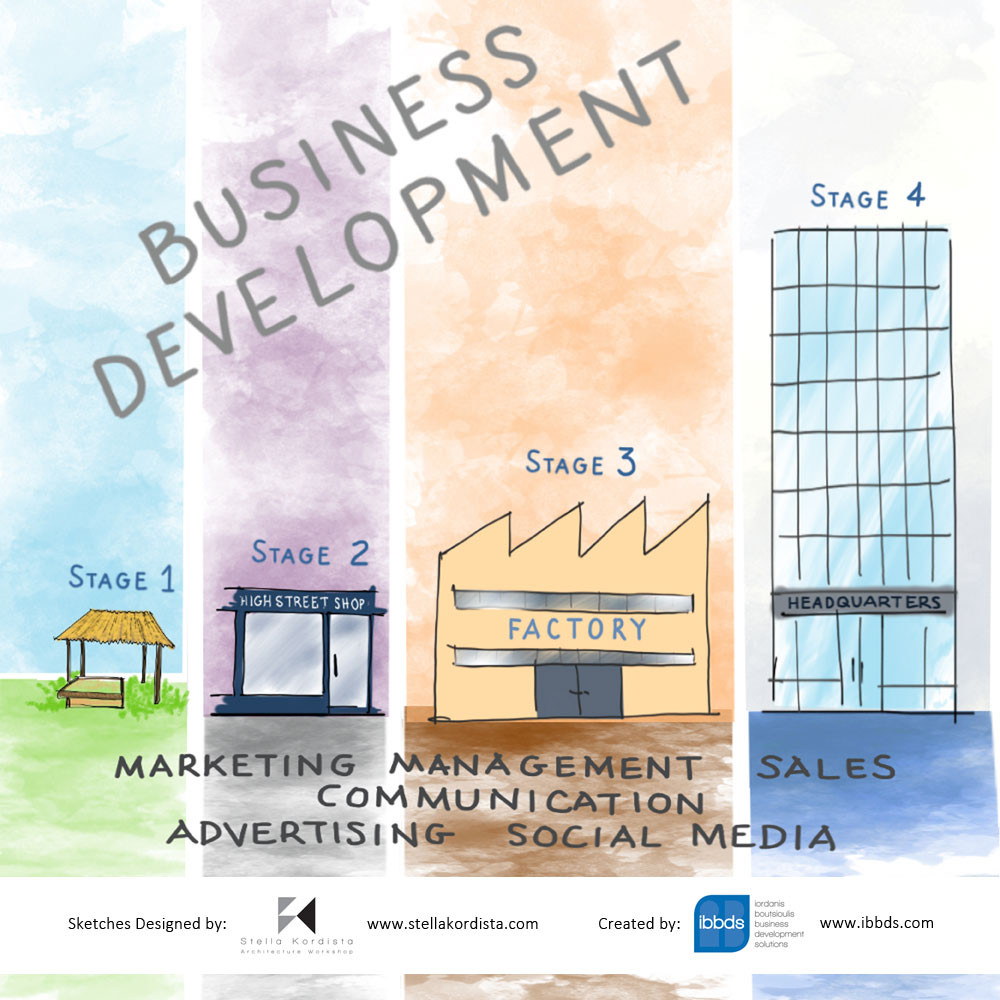
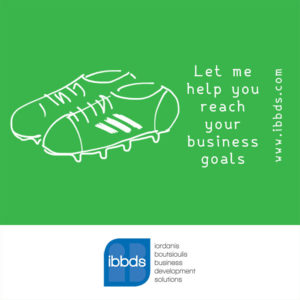
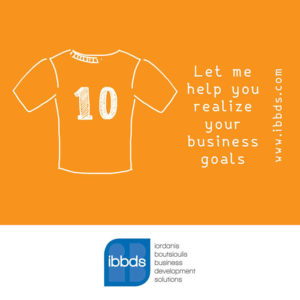
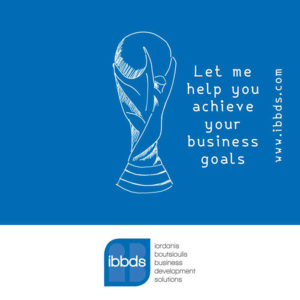






















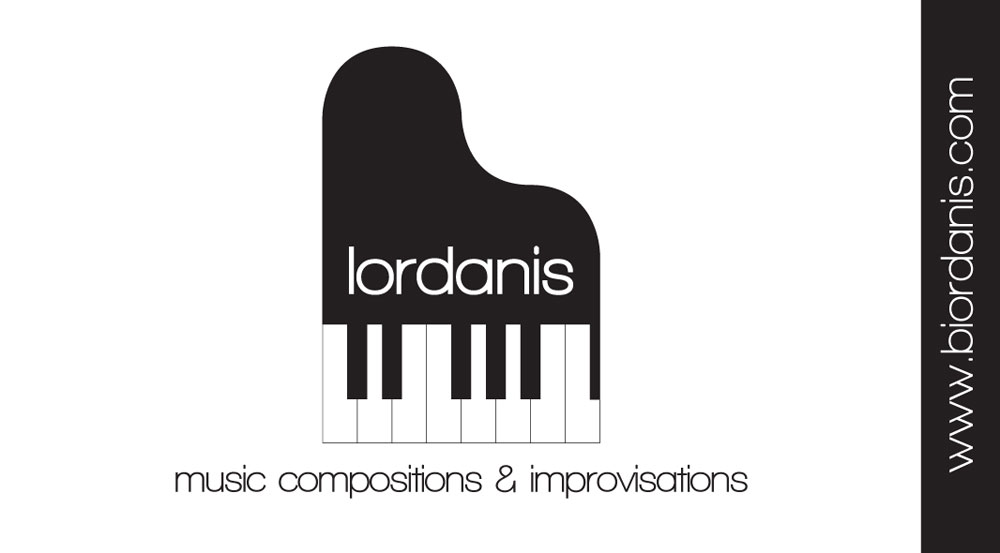

Subscribe for free ibbds newsletters!
Receive the latest & most exclusive growth hacking & top business development tips & much more from ibbds
You have Successfully Subscribed!
Your privacy is very important to me. Your personal information will never be shared with unrelated third parties.